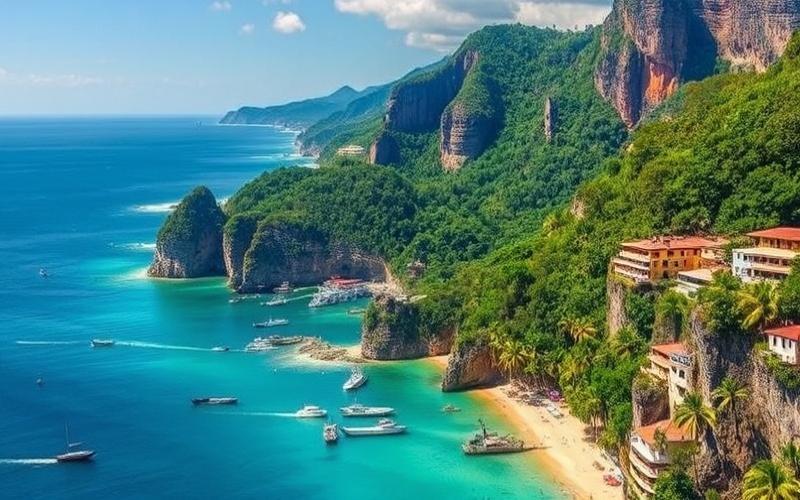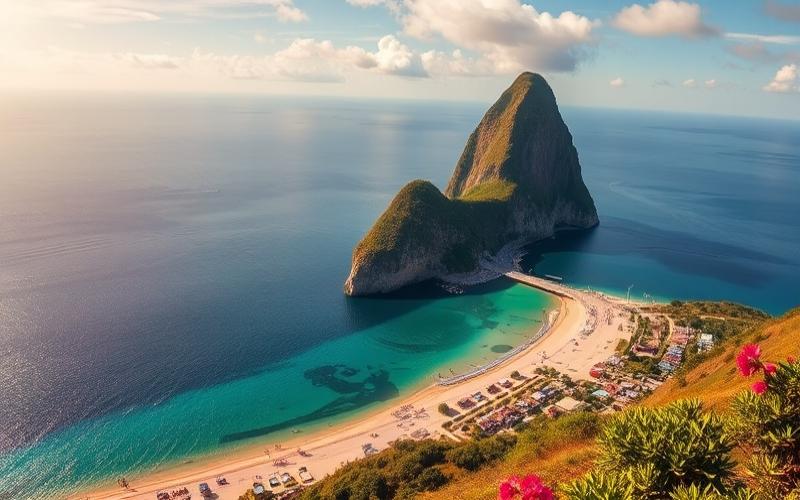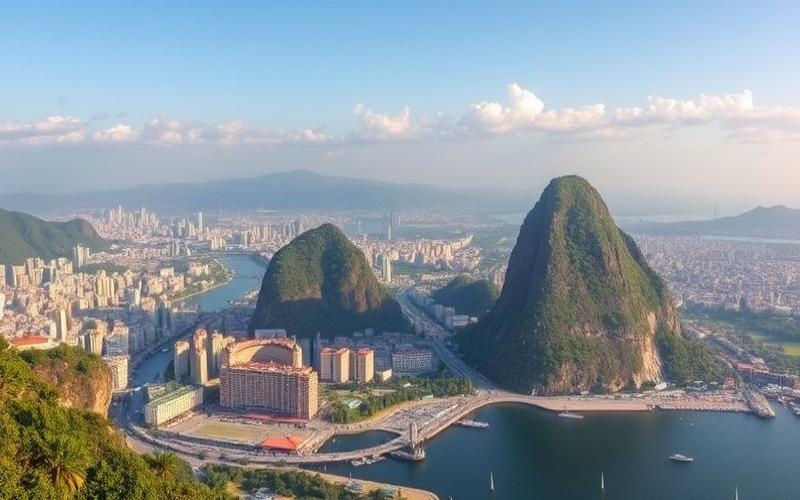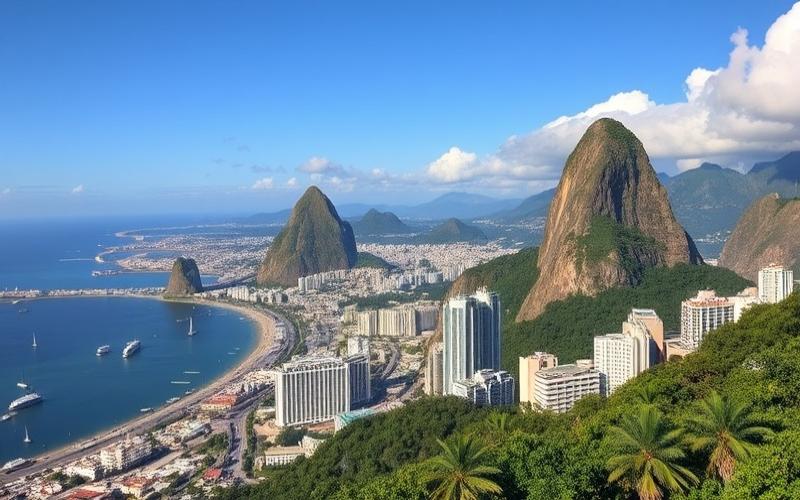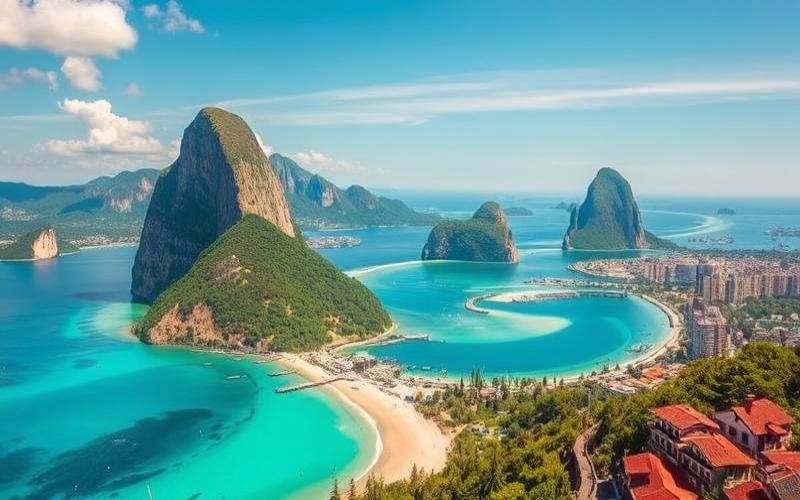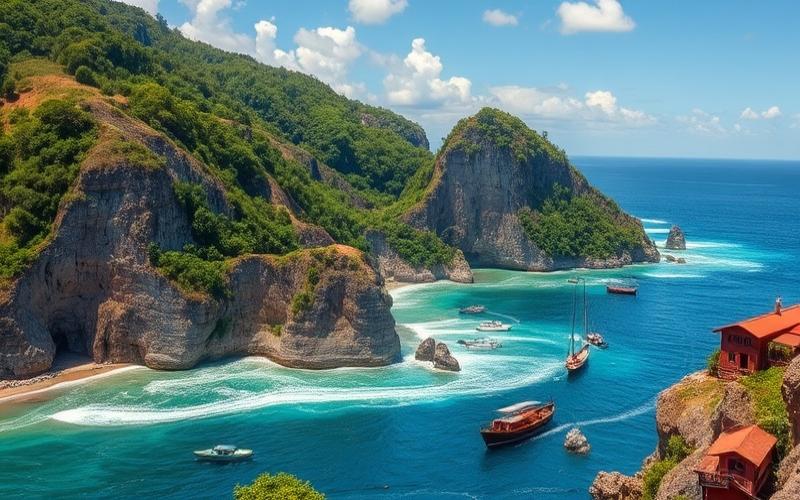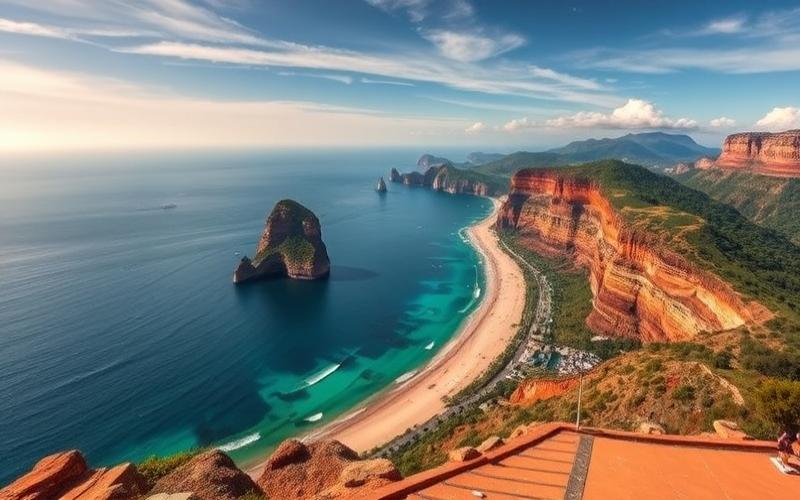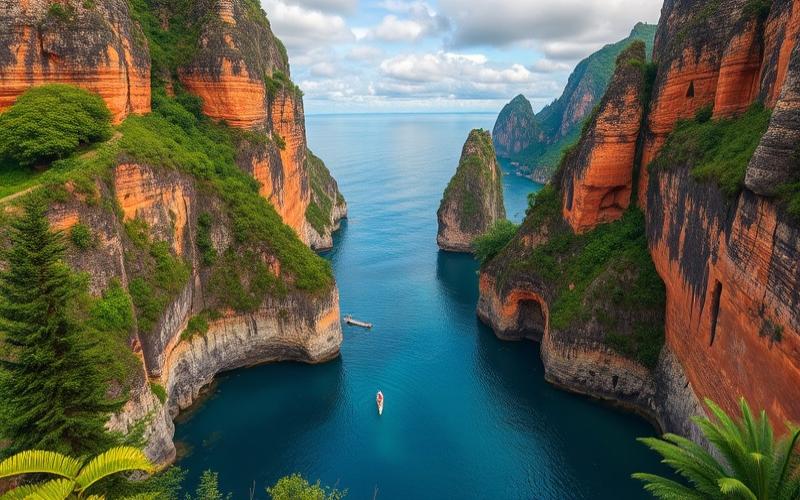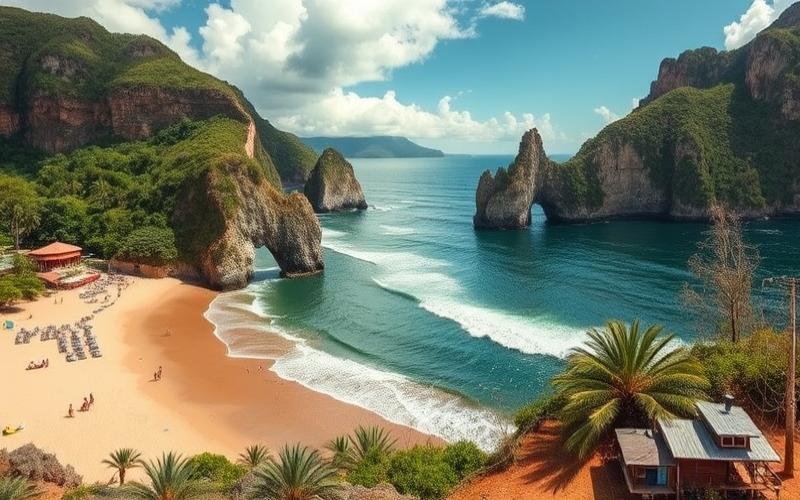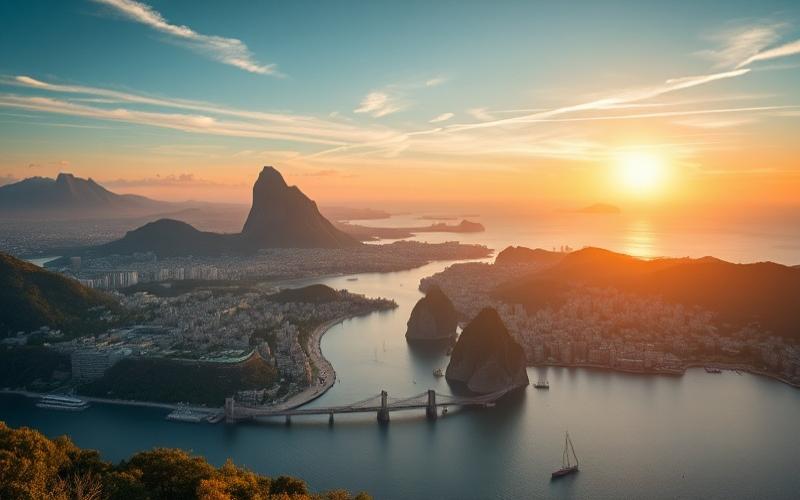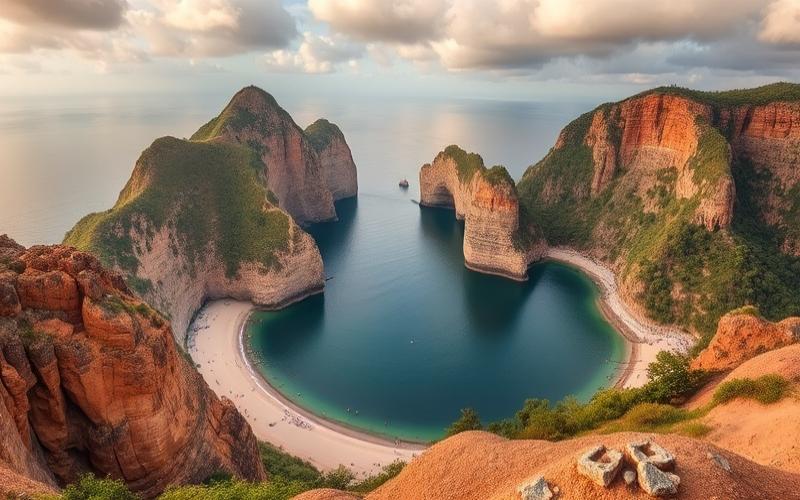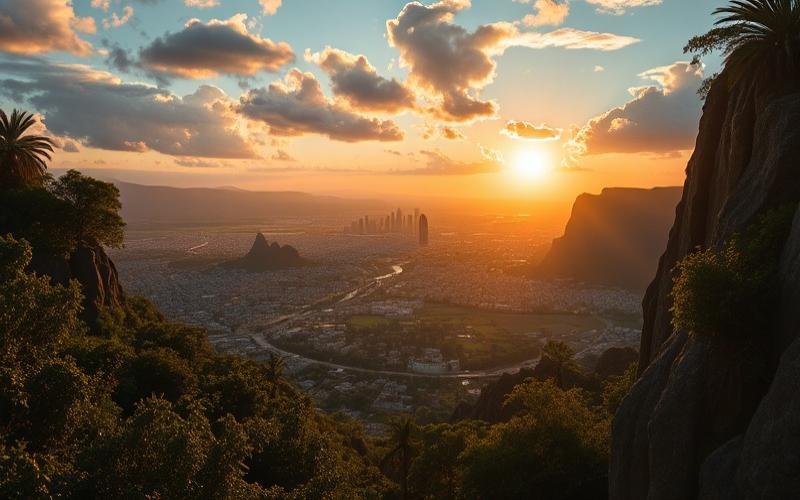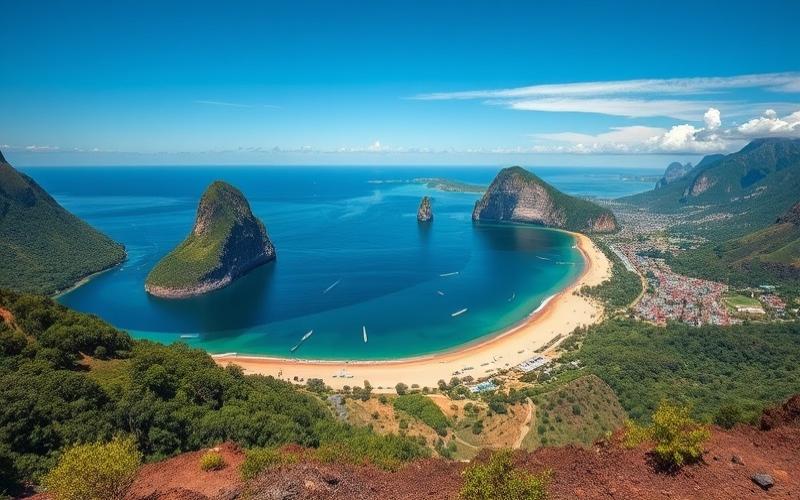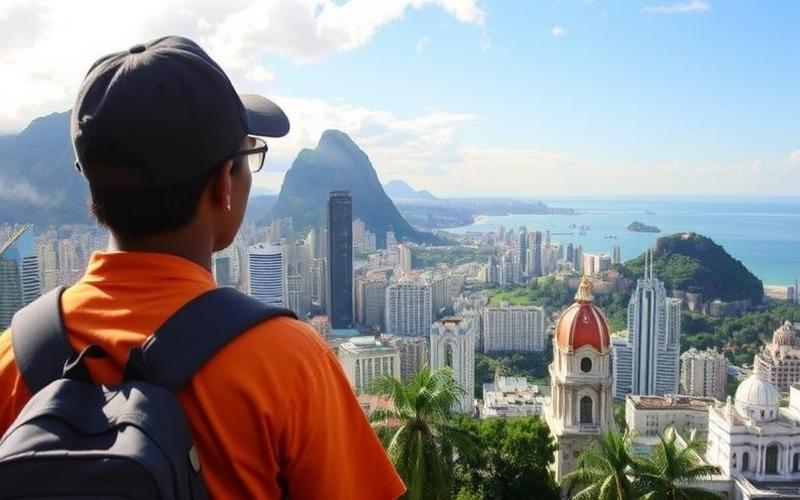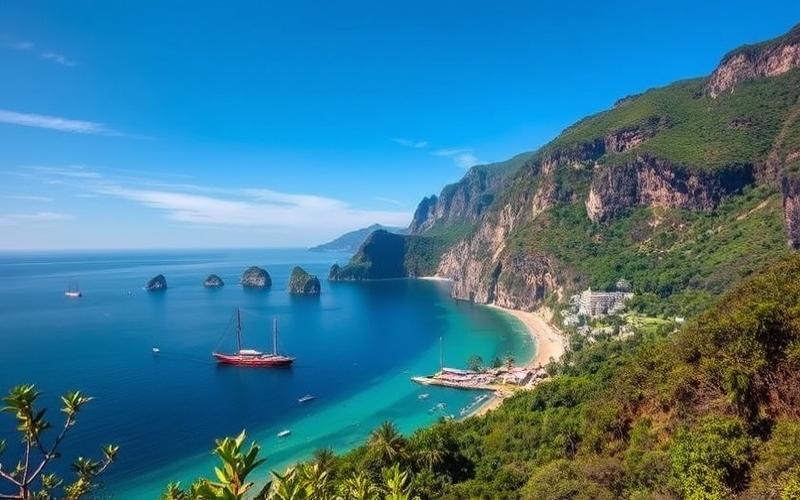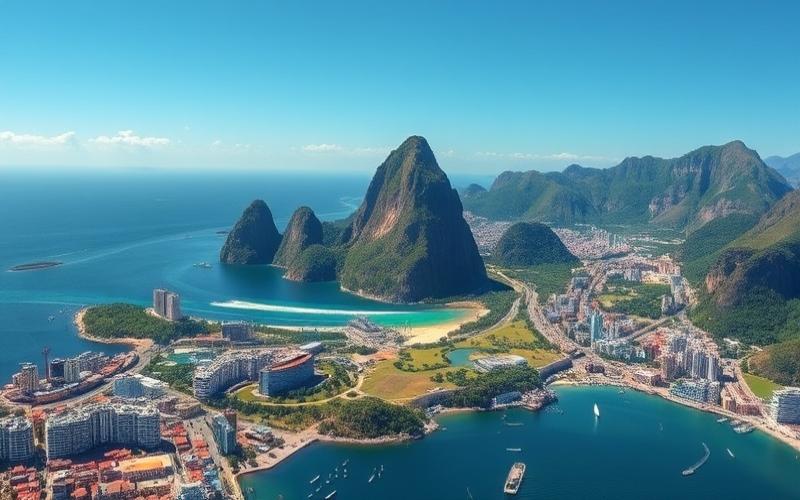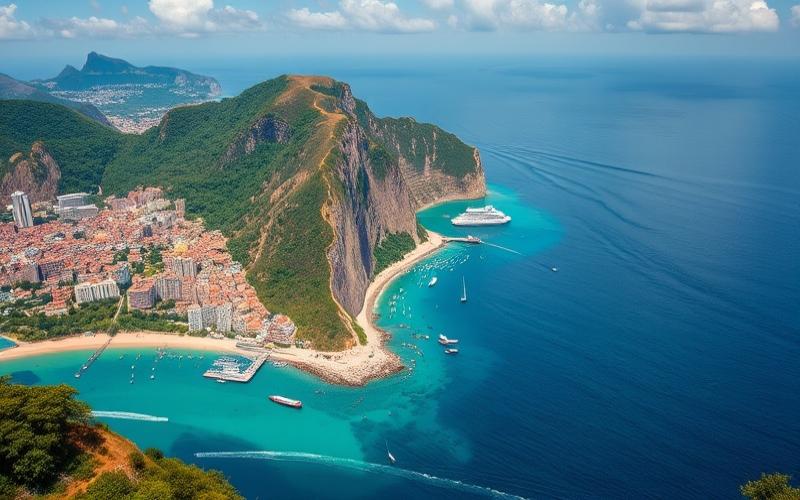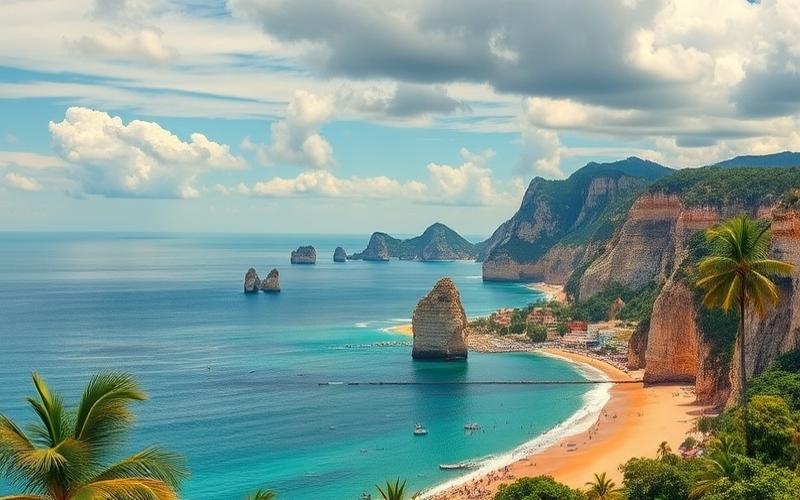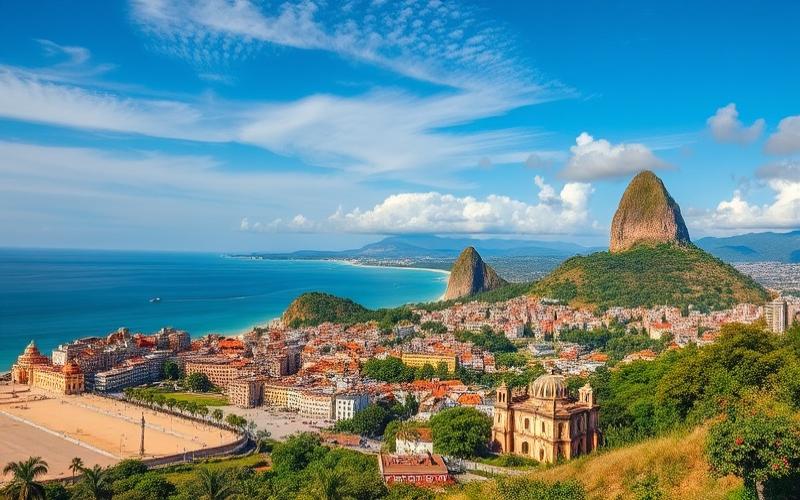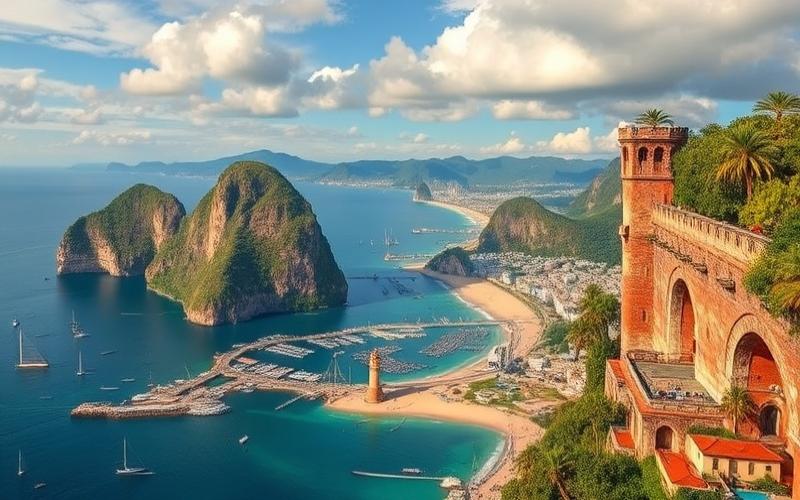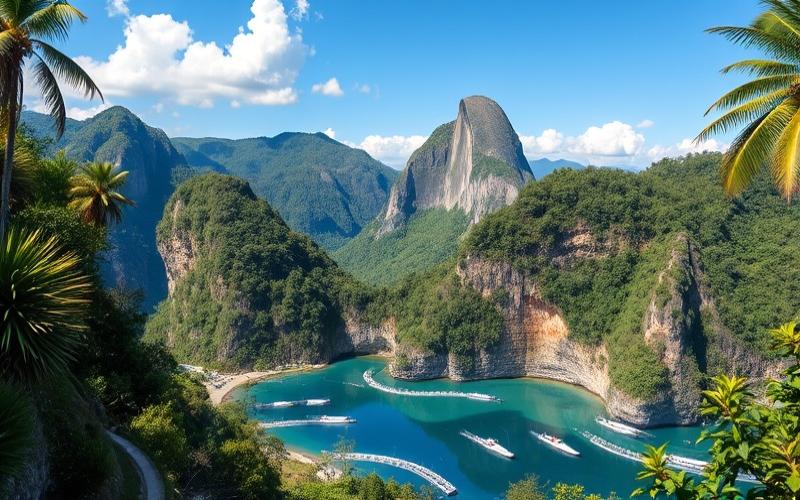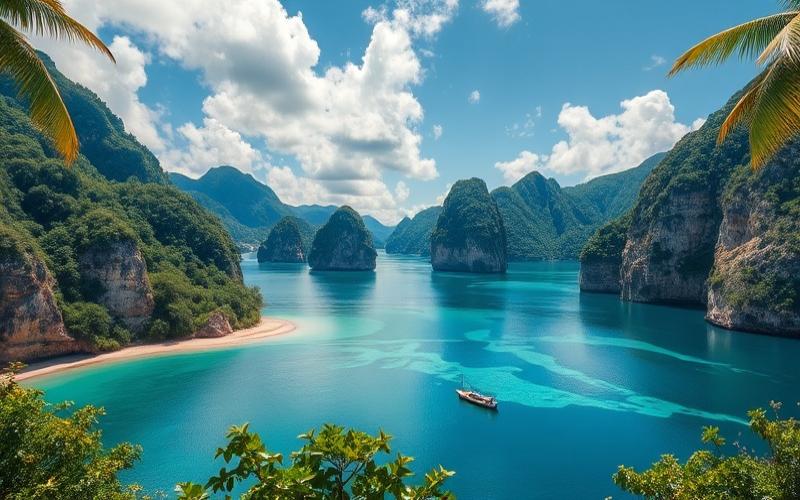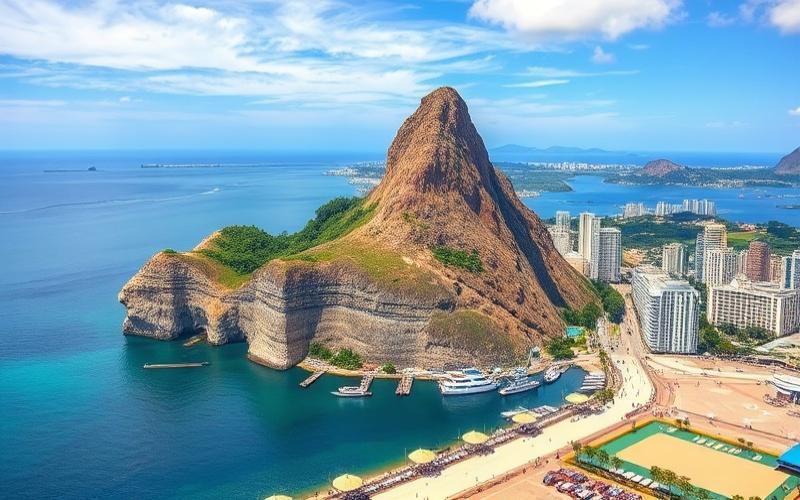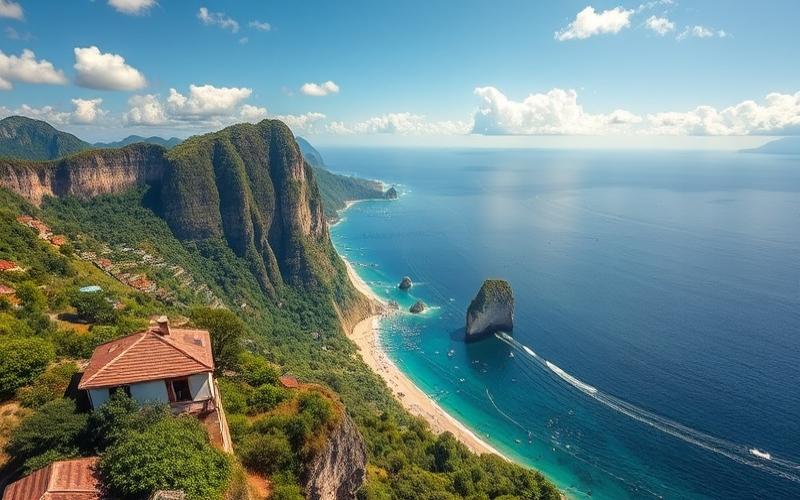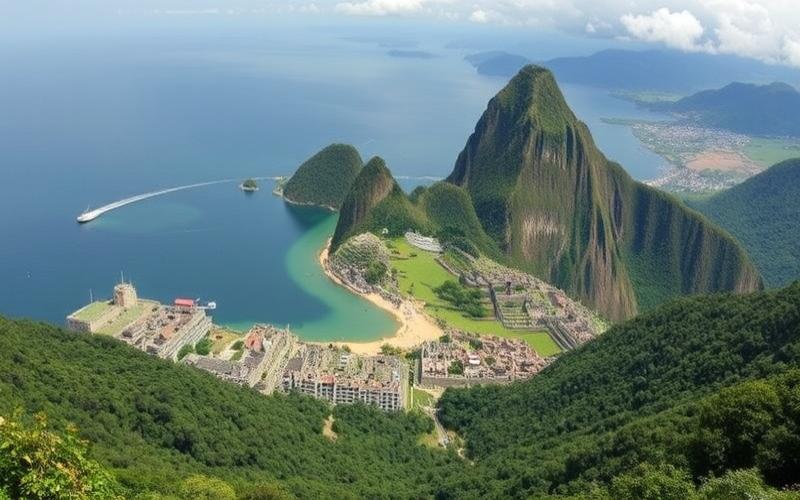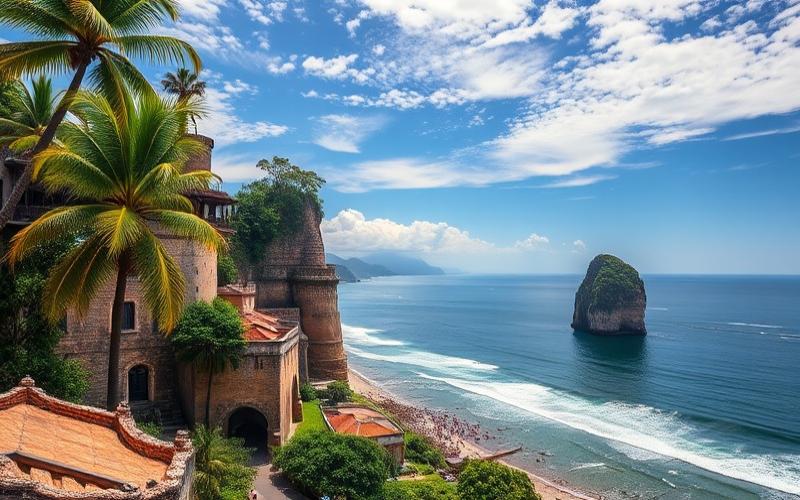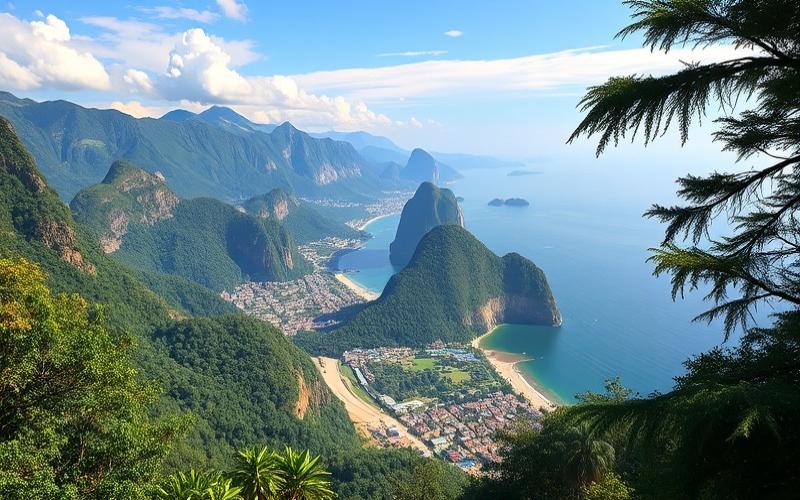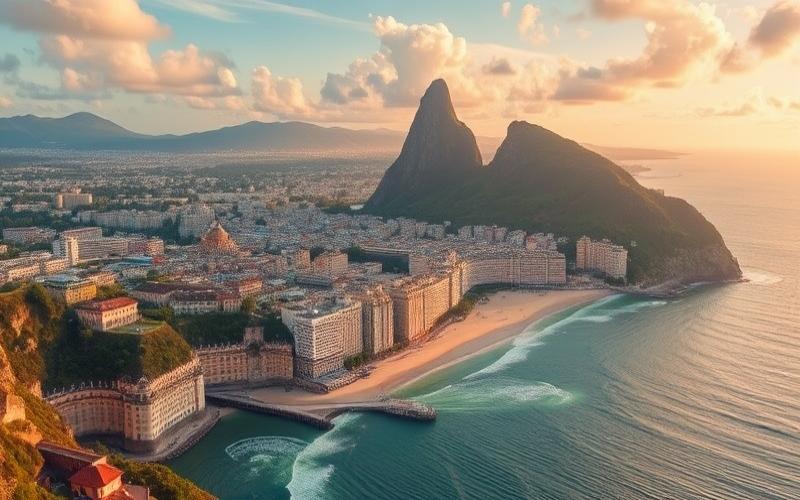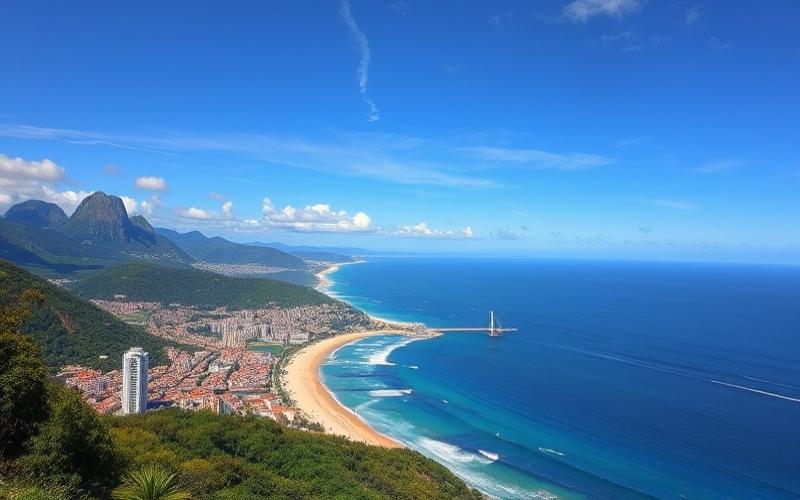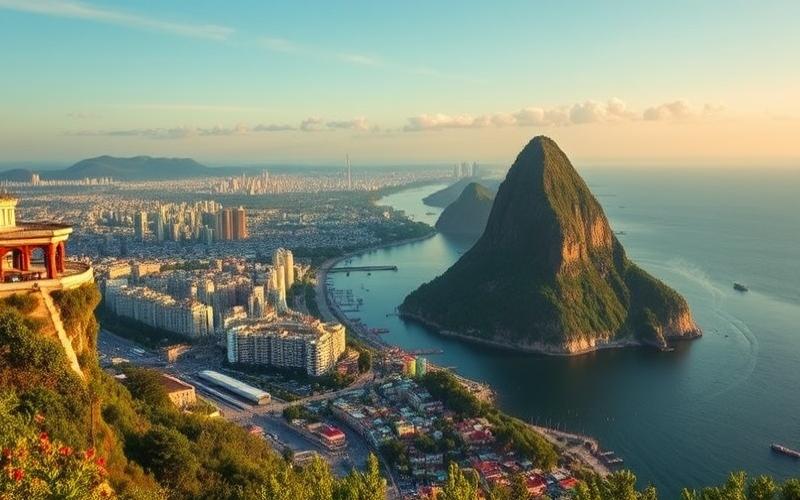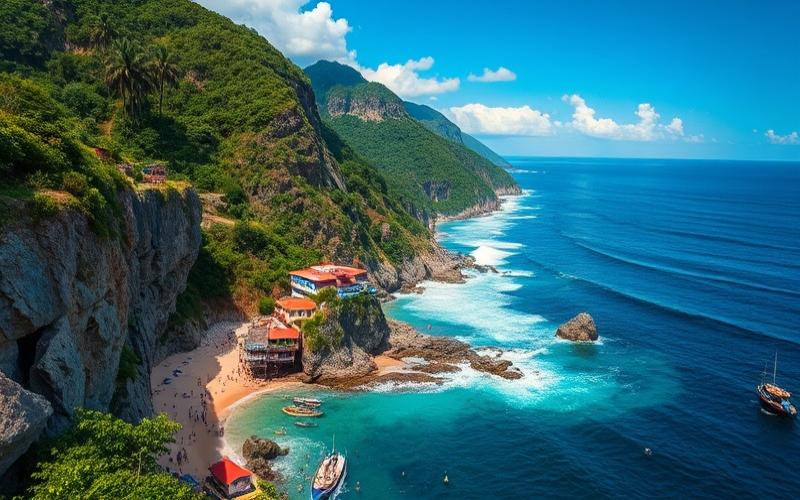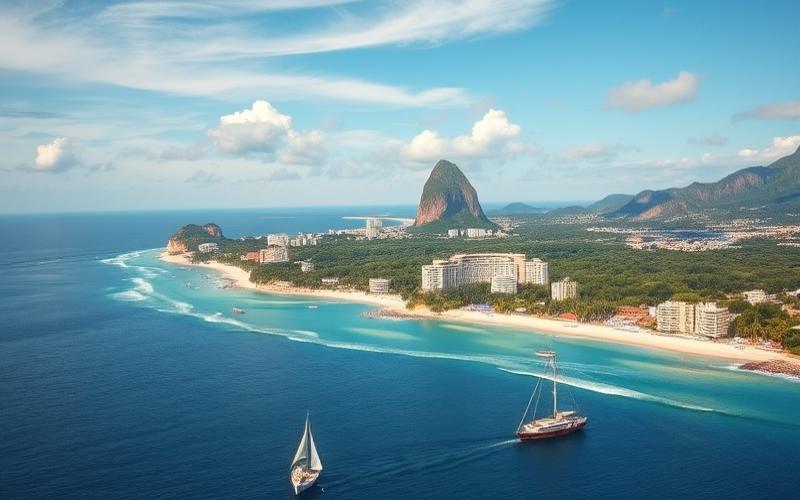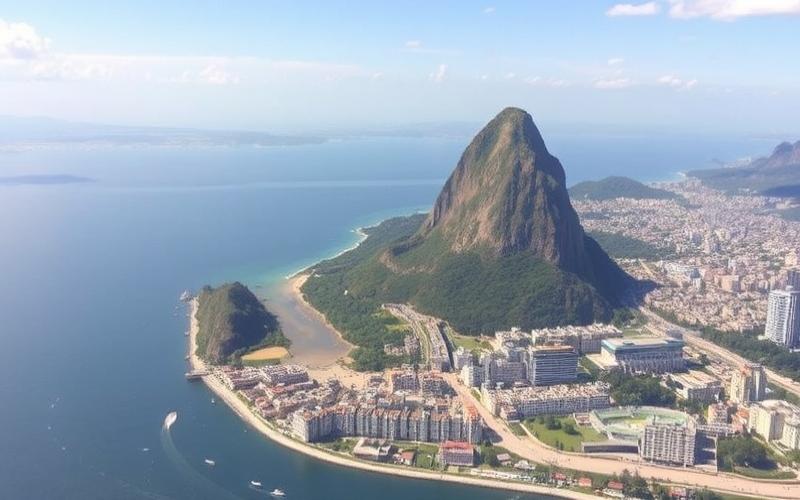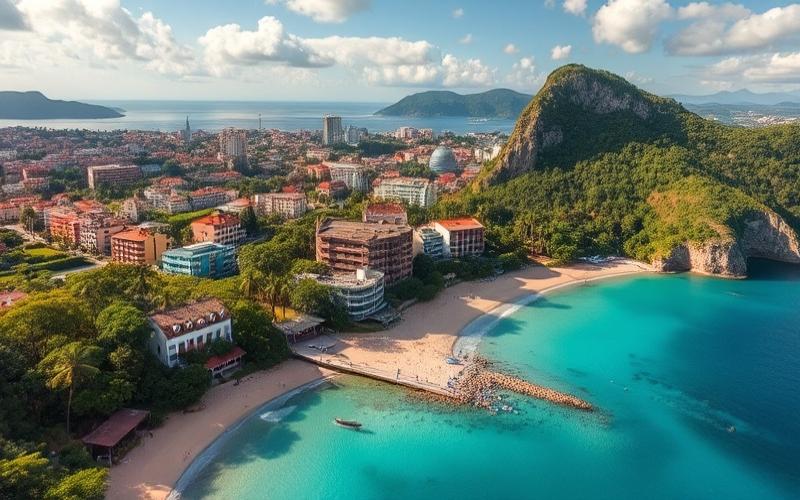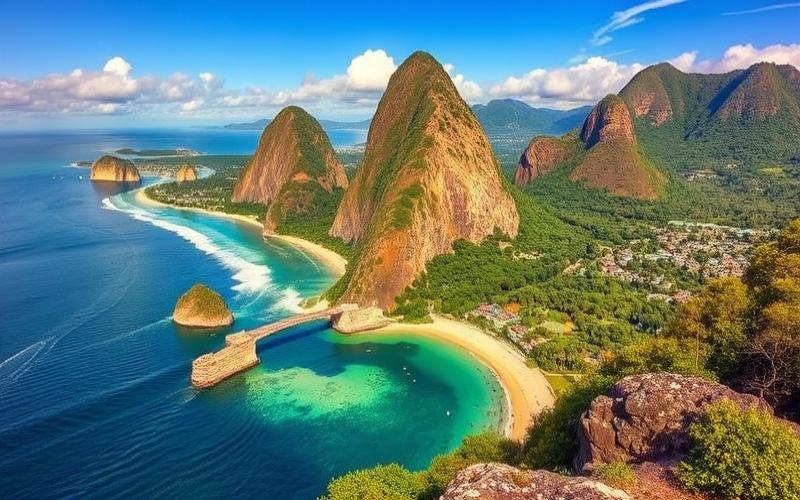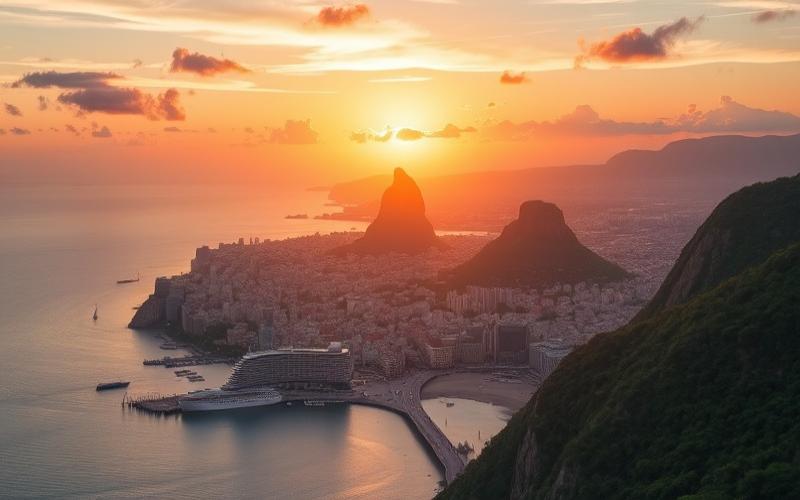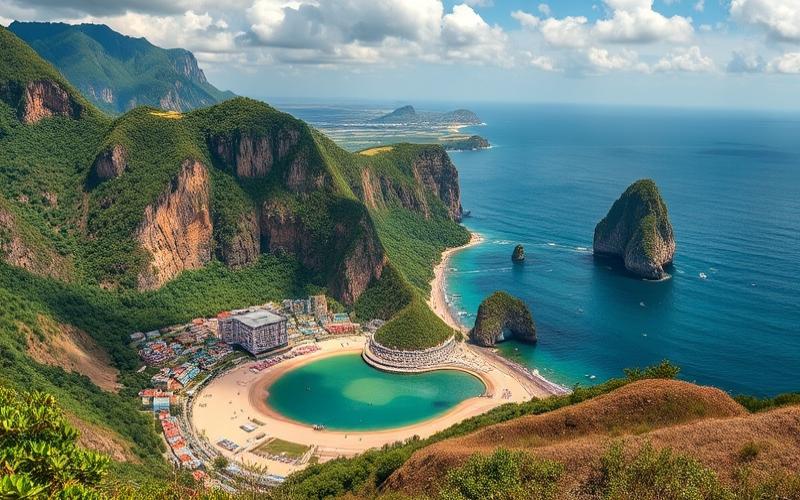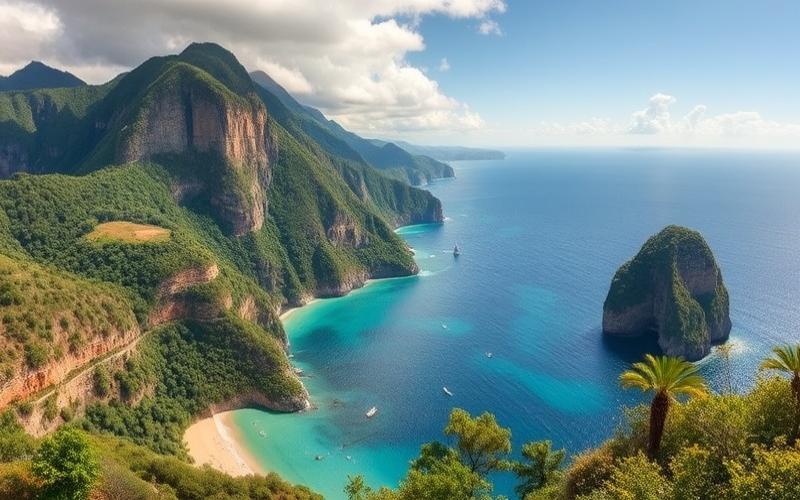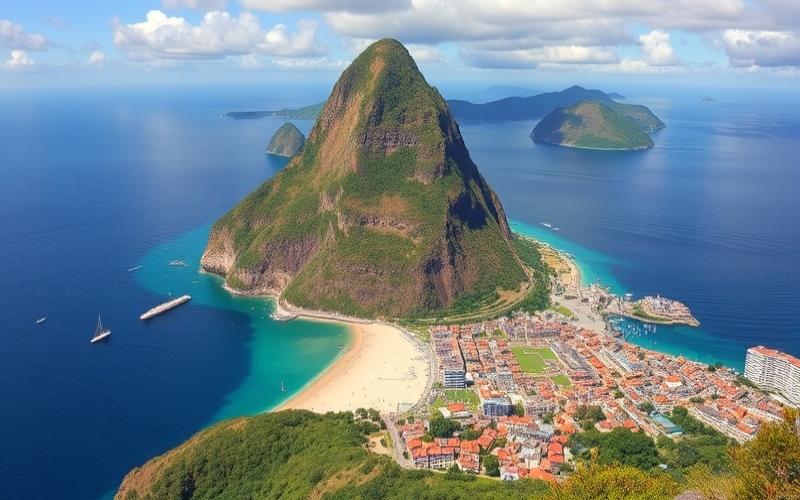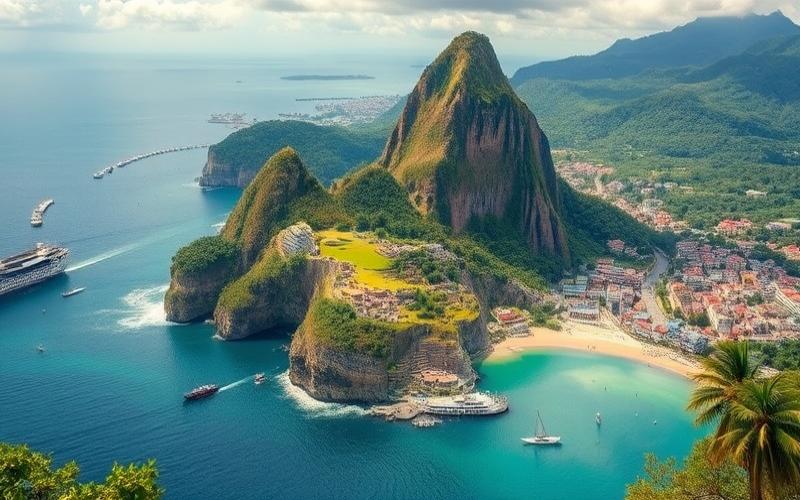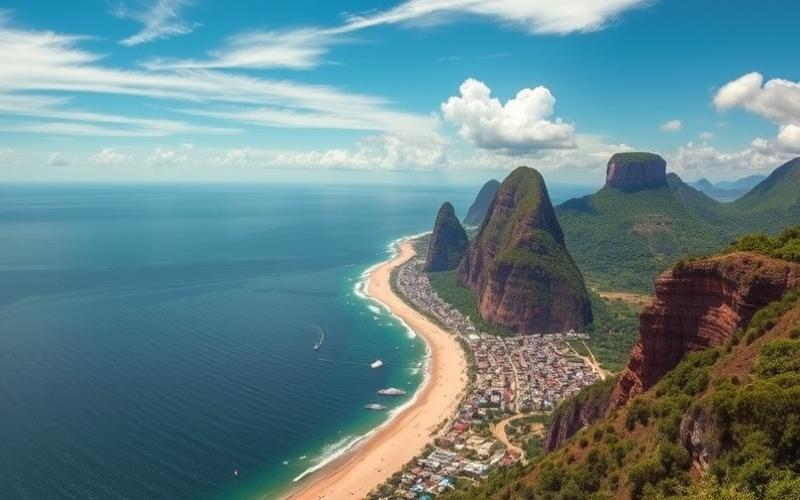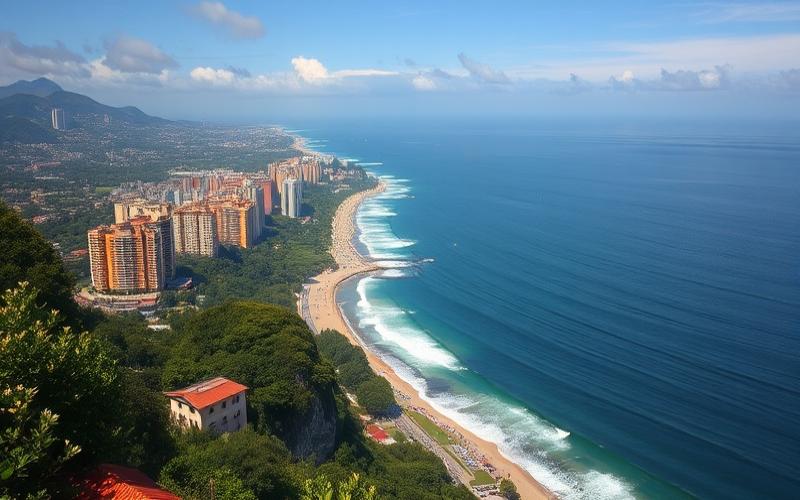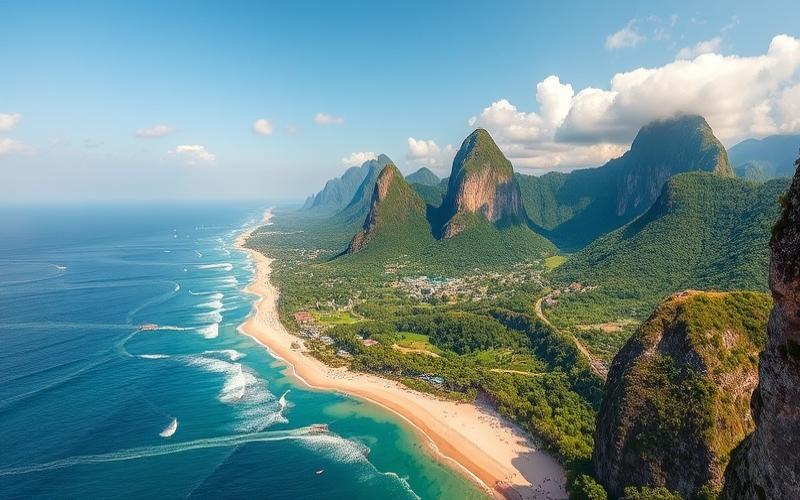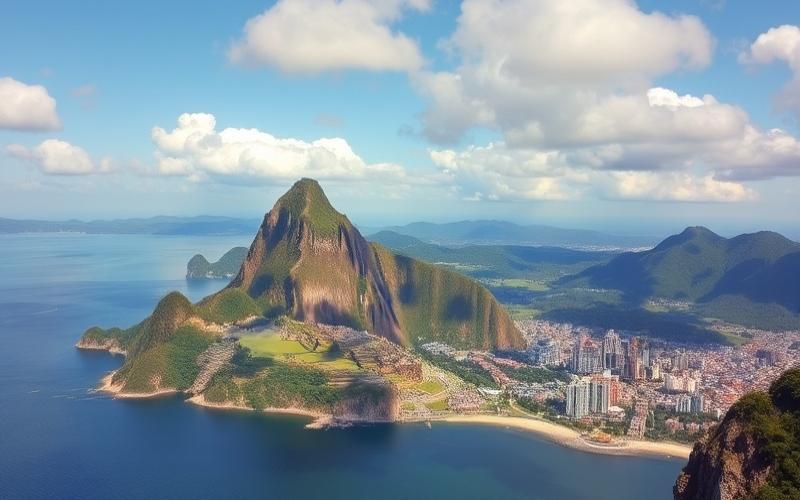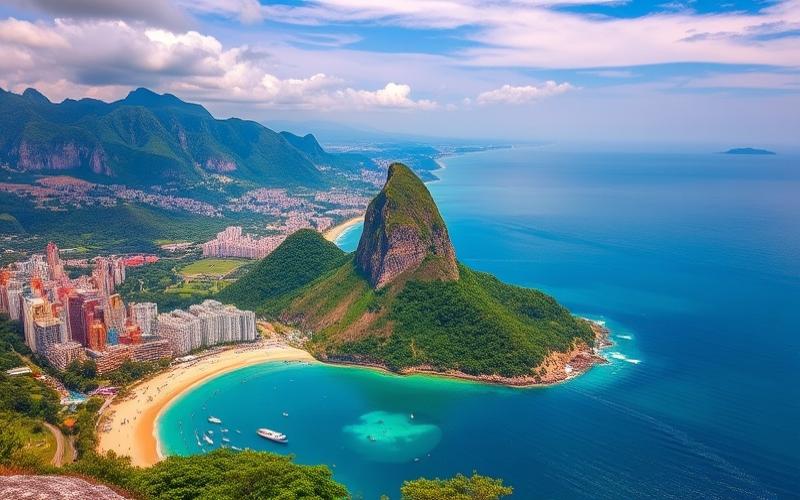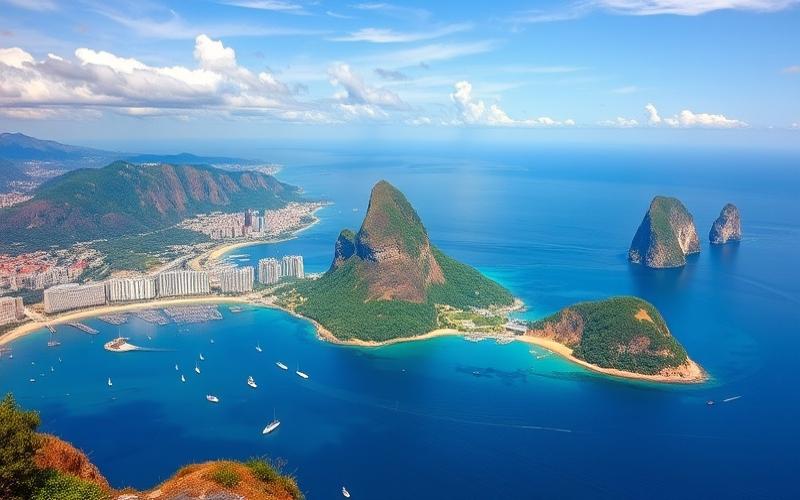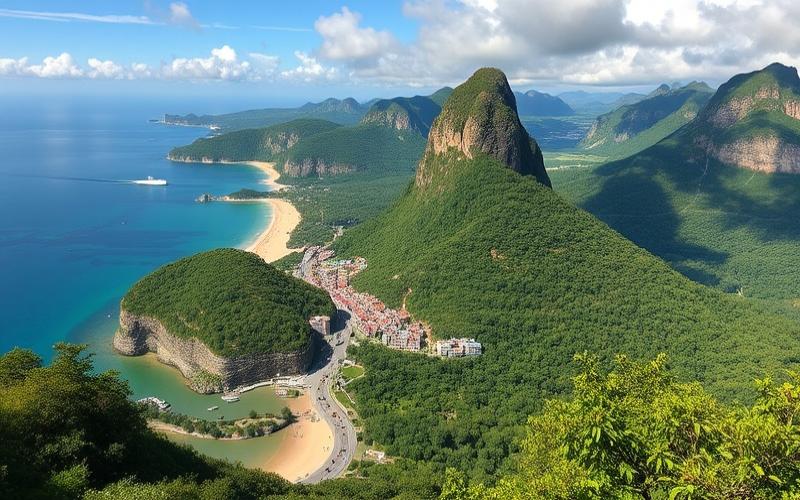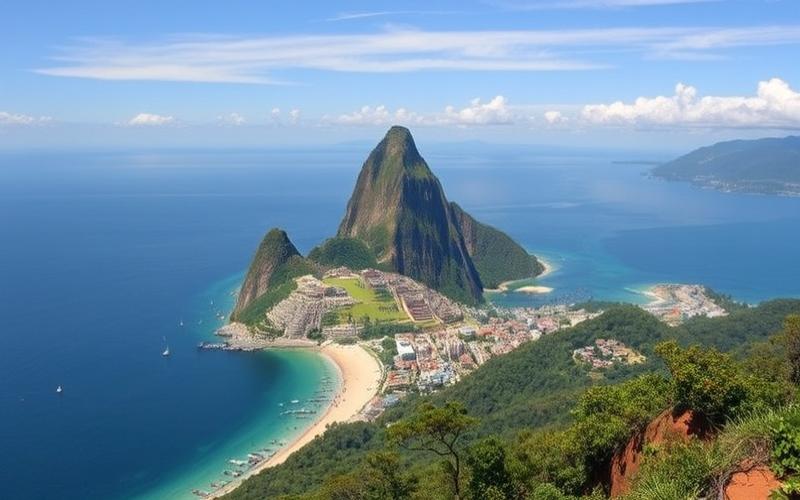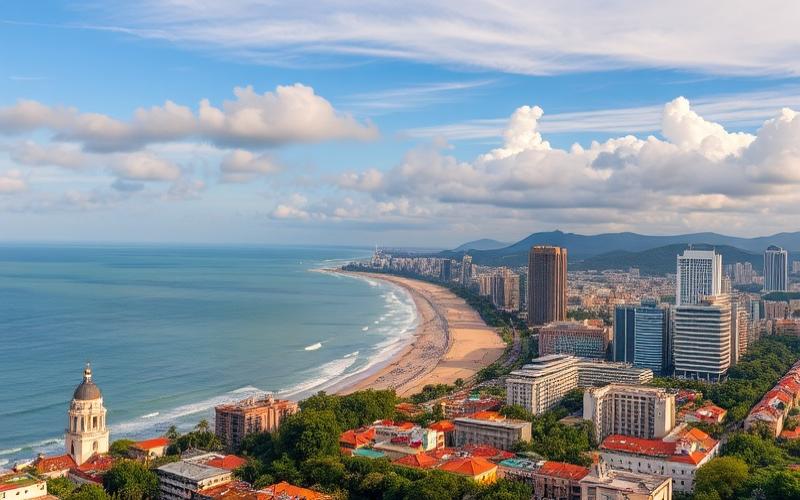
 Published on and written by Cyril Jarnias
Published on and written by Cyril Jarnias
Brazil, a vast South American country blending diverse cultural influences, is a place where the richness and diversity of cultural life are ever-present. Its vibrant festivals and local traditions convey a sense of joy and togetherness that captivates both residents and visitors alike.
Whether it’s Rio’s Carnival, internationally renowned for its spectacular parades, or the more intimate celebrations of Festa Junina, each event offers a unique window into the Brazilian soul.
Immersed in a territory where dance, music, and ancestral rituals form a rich cultural tapestry, this exploration of Brazilian festivities and traditions promises to reveal a vibrant and colorful world.
Brazil’s Iconic Festivals
Festivals in Brazil play a fundamental role in preserving and celebrating the country’s cultural identity. They provide numerous opportunities for communities to express their creativity, beliefs, and traditions through popular gatherings that blend music, dance, cuisine, and folklore.
Iconic Festivals: Origins, Evolution, and Impact
| Festival | Origin | Evolution | Cultural & Economic Impact |
|---|---|---|---|
| Rio de Janeiro Carnival | Derived from 19th century Portuguese festivities | Became global spectacle with samba schools from 20th century onward | International recognition; major tourism boost for Rio |
| Festa Junina | Rural festivals honoring saints (John, Anthony, Peter) in 16th century, brought by Portuguese settlers | Adopted nationwide; integration of regional music (forró), square dances, and rustic decorations | Strengthens rural identity; boosts local economy particularly in Northeast |
| Parintins Folklore Festival | Amazonian legend about resurrection of an ox; indigenous rituals | Structured Caprichoso/Garantido rivalry around spectacular show; extensive use of floating sets | Promotion of Amazonian folklore; tourist influx to Parintins every June |
Detailed Descriptions
Rio Carnival
- Typically begins in February or early March.
- Grand parades at Sambadrome gather thousands of dancers from samba schools annually.
- Samba holds central place: some Brazilian national anthems originate during these events.
- Fun fact: costumes compete in boldness – some feathers used sometimes come directly from the Amazon!
- Local testimony: “Carnival is our beating heart: for one whole week we forget all our worries.” (Marisa S., Rio native)
Festa Junina
Takes place throughout June across Brazil.
Villages decorate with colorful banners; organize popular balls (“quadrilha”), traditional fire games and tastings (grilled corn, cassava cake).
- Square dance collective dances
- Forró music
- Best rustic costume contests
- Fireworks
Notable fact: Salvador becomes festive capital with its massive arraiás that can gather over one million people.
Parintins Folklore Festival
- Celebrated every last weekend of June in Parintins (Amazonas).
- Two rival groups (blue Caprichoso / red Garantido) stage legend of resurrected ox through allegorical shows combining indigenous songs and choreographed ballet.
- Interesting fact: even Coca-Cola adapts its packaging to local colors to avoid offending either side!
- Foreign testimony: “I’ve never seen an audience so passionate about a local story – everyone sings together.” (Anna K., German tourist)
Influence on Local Arts Scene
Music
- Carnival propels new samba hits to national or international status annually.
- Festa Junina popularizes forró and rural square dancing among younger generations.
Dance
- Samba remains national emblem; its practice during carnival values both professional artists and passionate amateurs.
- Quadrilha during Festas Juninas promotes intergenerational transmission.
Typical Dates & Locations
| Festival | Main Dates | Location |
|---|---|---|
| Carnival | February/March | Primarily Rio but also Salvador, Recife… |
| Festa Junina | June | Throughout Brazilian territory |
| Parintins Folklore Festival | Last weekend June | Parintins (Amazonas State) |
For many, participating in these festivals means experiencing Brazil’s vibrant “soul”—a suspended moment where warm hospitality meets overflowing creativity.
Good to Know:
Rio Carnival, celebrated in February, attracts millions of visitors annually, highlighting samba and spectacular parades; conversely, the Parintins Folklore Festival in June explores Amazonian traditions through captivating boi-bumbá performances. Remember to book accommodations well in advance to avoid price hikes during these festive periods.
Diving into Local Traditions
Brazil, a vast territory with multiple faces, stands out for the richness and diversity of its cultural traditions, which vary significantly from region to region.
| Region | Notable Traditions | Main Influences | Culinary Specialties |
|---|---|---|---|
| North (Amazonas) | Parintins Boi-Bumbá Festival | Indigenous, African | Fish, cassava, tacacá |
| Northeast | Festa Juninas, Lavagem do Bonfim | African, Portuguese, indigenous | Acarajé, moqueca, vatapá, tapioca |
| Southeast (Rio) | Rio Carnival, samba, New Year’s Eve | African, European | Feijoada, brigadeiro |
| South (RS, PR, SC) | Fandango, gaucho festivals | European (German, Italian) | Churrasco, chimarrão, polenta |
| Central-West | Cavalhadas, Congada | European, African | Barbecue, corn-based dishes |
Local traditions reflect this unique blending:
- Festa Juninas (June): rural celebrations with square dances, bonfires, colorful costumes and corn-based specialty tastings.
- New Year’s Eve: on beaches, Brazilians dressed in white pay homage to Iemanjá (Afro-Brazilian sea deity), throw flowers into the ocean and enjoy fireworks.
- Semana Santa (Holy Week): religious processions, flower carpets in streets, masses and reenactments of Christ’s Passion.
Iconic Local Practices:
- Capoeira: Afro-Brazilian martial art combining dance, music (berimbau, atabaque) and acrobatics, practiced in squares or during festivals.
- Samba: born in Rio among descendants of slaves, it rhythms carnivals, parties and nightlife. It comes in many forms, including carnival’s samba-enredo.
- Other dances: forró (Northeast), fandango (South), maracatu (Pernambuco), each linked to a region and its history.
Population Influences:
- Indigenous peoples transmitted myths, rituals and culinary knowledge (cassava, fish).
- Africans brought rhythms, dances, religions (candomblé, umbanda) and spicy dishes like acarajé.
- Europeans (Portuguese, Italians, Germans, Poles) left their mark on architecture, religious festivals, music and cuisine.
Anecdotes and Authentic Experiences for Travelers:
- Attend Rio or Salvador Carnival to experience samba exuberance and admire samba school costumes.
- Participate in Lavagem do Bonfim in Salvador: procession, ritual washing of church steps by Baianas in traditional costume.
- Discover Boi-Bumbá in Parintins: folk spectacle blending theater, music and dances around legend of resurrected ox.
Role of Traditional Dishes During Festivities:
- Shared meals are at the heart of celebrations, strengthening family and community bonds.
- Each festival has its emblematic dishes (pamonha, canjica, corn cake for Festa Juninas; feijoada during large gatherings; moqueca in Northeast).
- Cuisine is a true identity symbol: it embodies Brazil’s diversity and history.
Social and Community Impact of Traditions:
- Festivals and celebrations rhythm social life, promote knowledge transmission and strengthen sense of belonging.
- They are moments of intergenerational and intercultural sharing, allowing each group to value its heritage while opening to others.
Diving into Brazilian traditions means discovering a mixed-race, warm and proud people, for whom celebration, music, dance and togetherness are pillars of collective life and national identity.
Good to Know:
Attending Festa Junina celebrations in Campina Grande allows immersion into Northeastern culture, while samba parades in Rio showcase vibrant African heritage. Don’t miss trying feijoada, an essential culinary symbol during many Brazilian festivities.
The Brazilian Cultural Experience Through Celebrations
The Brazilian Carnival is the country’s largest popular festival, celebrated throughout Brazil during days preceding Lent. It embodies national cultural and social identity through spectacular parades, flamboyant costumes and omnipresent music.
| Main Celebrations | Characteristics |
| Rio Carnival | Sambadrome parades, samba school competitions, elaborate costumes |
| Salvador Carnival | Afro-Brazilian atmosphere, Trios Elétricos (mobile stages), axé and samba-reggae rhythms |
| Recife & Olinda | Galo da Madrugada parade, popular blocos in historic streets |
Music holds central place: samba in Rio, axé and forró in Bahia are striking examples. These musical styles are intimately linked to the country’s African roots and European influences. Dances, such as samba or frevo (in Recife), are artistic expressions that bring all generations together during celebrations.
Traditional costumes – multicolored feathers, sparkling sequins – symbolize Brazilian ethnic diversity. Their creation mobilizes an entire industry each year.
To illustrate regional variety:
- Festa Junina: Celebrated in June throughout Brazil but particularly in Northeast; highlights rural traditions with square dances, bonfires and typical dishes.
- Festas do Divino: Religious celebration mainly in Central-West and South; costumed processions blending Portuguese Catholic elements with local beliefs.
- Círio de Nazaré (Belém): Gigantic procession honoring Our Lady of Nazareth with massive family participation around religious convoy.
In all these celebrations:
- Community gathers to prepare decorations
- Family plays central role during collective meals or religious rites
- Values of inclusion and openness prevail
Cross-influence of indigenous cultures (ancestral rituals present in some regional carnivals), African cultures (percussive rhythms like samba-reggae) and European cultures (religious processions inherited from Portuguese Catholicism) shapes a unique festive heritage that showcases Brazilian cultural diversity.
Summary list:
- Samba: emblematic dance from Afro-European blending
- Axé & Forró: typical Northeastern music
- Multicolored costumes: strong visual symbol of ethnic plurality
- Square dance (Festa Junina): European rural heritage locally adapted
- Religious processions (Círio, Divino) blending indigenous beliefs with Christian rites
Brazilian celebrations thus form a living mirror where colonial history, contemporary creativity and strong community bonds intertwine.
Good to Know:
Carnival reflects Brazilian cultural syncretism by integrating African samba, European colorful costumes and indigenous rituals, while festivals like Festa Junina and Festas do Divino celebrate regional diversity with typical dances and dishes. During these events, communities share traditions with family, strengthening social bonds and highlighting multicultural heritage influences on Brazilian identity.
Disclaimer: The information provided on this website is for informational purposes only and does not constitute financial, legal, or professional advice. We encourage you to consult qualified experts before making any investment, real estate, or expatriation decisions. Although we strive to maintain up-to-date and accurate information, we do not guarantee the completeness, accuracy, or timeliness of the proposed content. As investment and expatriation involve risks, we disclaim any liability for potential losses or damages arising from the use of this site. Your use of this site confirms your acceptance of these terms and your understanding of the associated risks.

